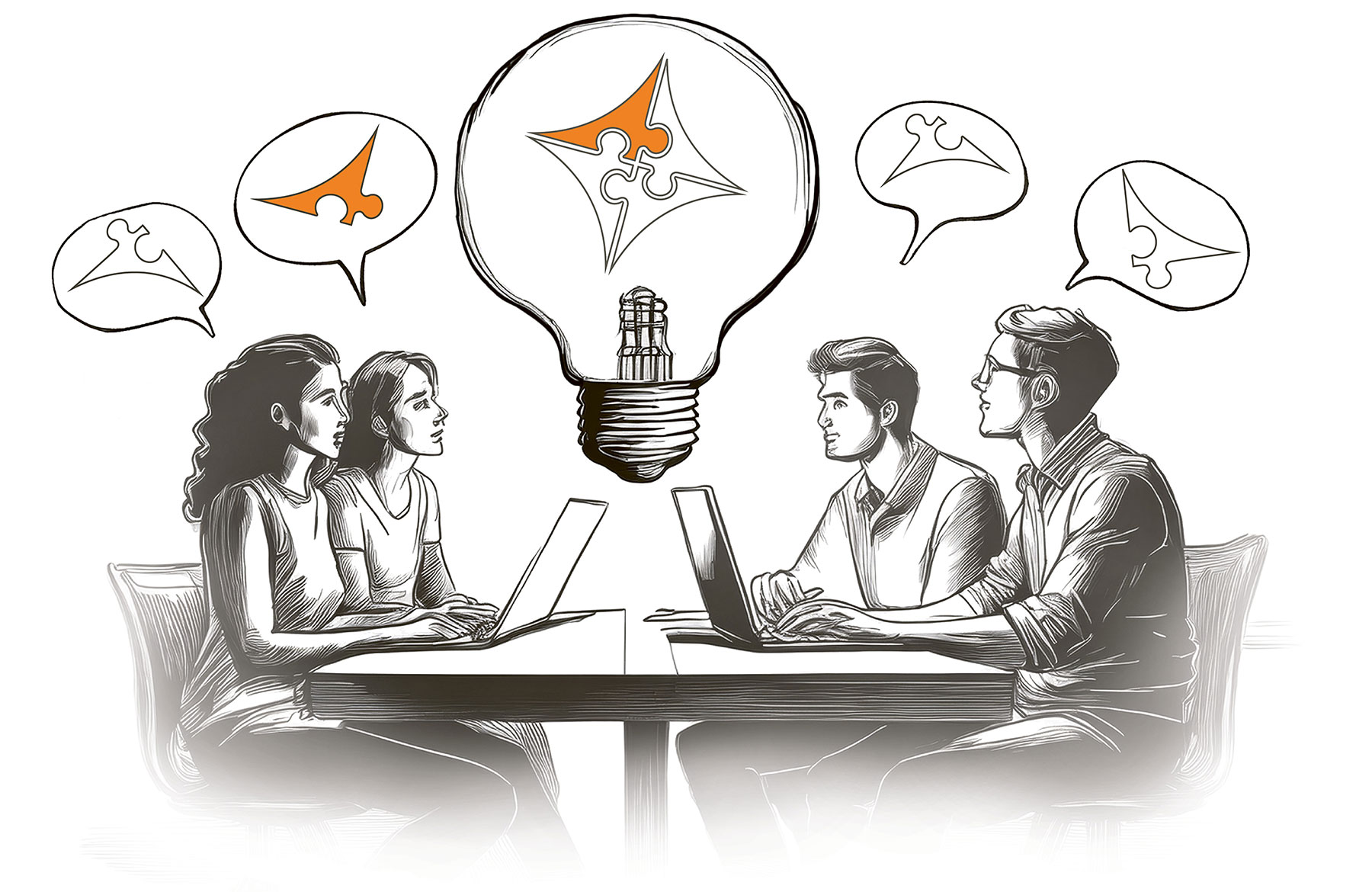Inclusive playground design – together for all children
Thoughtful planning is key to creating an inclusive playground. Early involvement in the planning process is essential to address the needs of all children.

Through close collaboration with planners and clients, we ensure that standard equipment or targeted adjustments are sufficient to create an inclusive play landscape. Proactive planning forms the foundation for an inclusive playground with high quality of stay. We support you throughout the entire process, adapting the equipment to ensure it is optimally positioned for each play or sports area. Thoughtful pathways, exciting elements, and challenging equipment create a play environment with high play value for everyone.
For full inclusion, access routes, entry points, surface material, fall protection, and natural design must be carefully considered. Our approach avoids the use of specialized equipment for specific user groups. Instead, we focus on fostering abilities and their development by creating a diverse offering.
We integrate elements that address various sensory needs, including tactile surfaces, color contrasts, and light features. These sensory stimuli enhance perception and provide children and young people with a comprehensive experience.
Our team supports both planners and clients, offering comprehensive assistance in the planning and design of inclusive playgrounds. Let’s create a place together where everyone – children, teenagers, and all those who visit the playground – can play, learn, and grow!
Playground design - from exclusion to inclusion

Exclusion
Special play areas or elements are designed in such a way that children, young people and adults with certain disabilities have difficulties or are unable to use them. This leads to them feeling excluded and unable to participate fully in the playground.

Separation
Separate areas or equipment are created for children, young people and adults with different abilities, which can lead to a physical separation between age groups and play areas.

Integration
Children, young people and adults with different abilities have the opportunity to play together, but possibly with some adaptations or special areas for certain groups. This integration promotes togetherness, but can still lead to restrictions, especially if there are no barrier-free access points.

Inclusion
In an inclusive playground, all children, young people and adults, regardless of ability, have the opportunity to play together and participate fully in the playground. This means that the entire design is geared towards providing barrier-free access and a variety of play equipment and activities that are suitable for all ages and encourage and challenge inclusion for all.
Playground equipment design - from disability-friendly to inclusive
Disability-Friendly:
Playground design specifically tailored to the needs of individuals with various physical, sensory, or cognitive impairments (disabilities). This often includes special play equipment and access points that are accessible to individuals with disabilities but may not be usable by all children.
Barrier-Free:
A barrier-free playground allows unrestricted use for all individuals, regardless of physical or cognitive impairments, age groups, or other individual characteristics. This may include wide pathways, ramps, and access points that enable wheelchair users and other individuals with mobility limitations to move freely.
Integrative:
Integrative playground design encourages children with and without disabilities to play together. Special play equipment and activities are offered that enable all children to interact together and learn from each other. A further step towards inclusion.
Inclusive:
An inclusive playground creates an environment where all children, adolescents, and adults are welcome and can fully participate regardless of their individual characteristics or abilities. This can be achieved through a diverse selection of play equipment and activities as well as a supportive atmosphere that encourages the inclusion of all.

